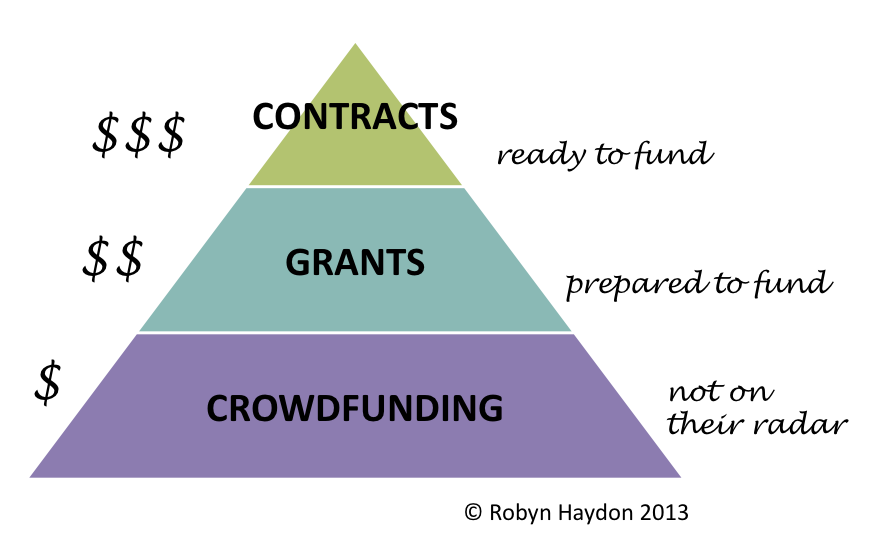One of the biggest complaints that I hear consistently from suppliers is that buyers won't take meetings any more. This trend has been growing for a long time, and now that professional procurement processes are firmly established in most organisations, it’s something that all of us are going to have to learn to live with.
Suppliers in complex industries with drawn out sales cycles have long understood the value of content marketing; providing information to buyers when they need it to narrow down the field of potential suppliers and help them make their buying decision.
With direct contact with buyers proving more and more difficult to obtain, businesses of all sizes are now turning to content marketing to generate pre-sales activity.
In September this year, IDG Enterprise, a publishing company specialising in the IT market (titles include CIO, Computerworld and Network World) shared its recent study on pre-sales customer engagement.
What they found is that during the IT purchase process, IT decision makers download an average of eight pieces of content to help guide their purchase decision, ranging from product reviews, product demos and literature to feature articles and video. The study showed that video is becoming increasingly important at the beginning of the purchase process, and that these decision makers are watching interviews with industry experts and on the technology itself.
On the downside, the study showed that 82% of IT decision makers find it difficult to locate high quality and trusted content, and felt that much of the content they are consuming contains too much marketing hype and too many buzzwords. The study found that that independent, unbiased, and specific information elevates a supplier’s message and potentially results in their content being shared.
If you are finding it difficult to engage face-to-face with buyers, there is a message here to take notice of. Buyers are still out there looking for information about you —they're just looking in different places, and for different things, to what you're probably accustomed to.
Think about how you can equip your sales force with good quality videos, infographics, white papers, and other content to help drive the pre-sales process, and the optimum amount of content that a buyer will need to consume before they are amenable to direct contact from you.
Read more about the IDG study at http://www.idgenterprise.com/press/video-and-social-media-use-growing-in-connecting-it-buyers-and-vendors#CUSENG2013



